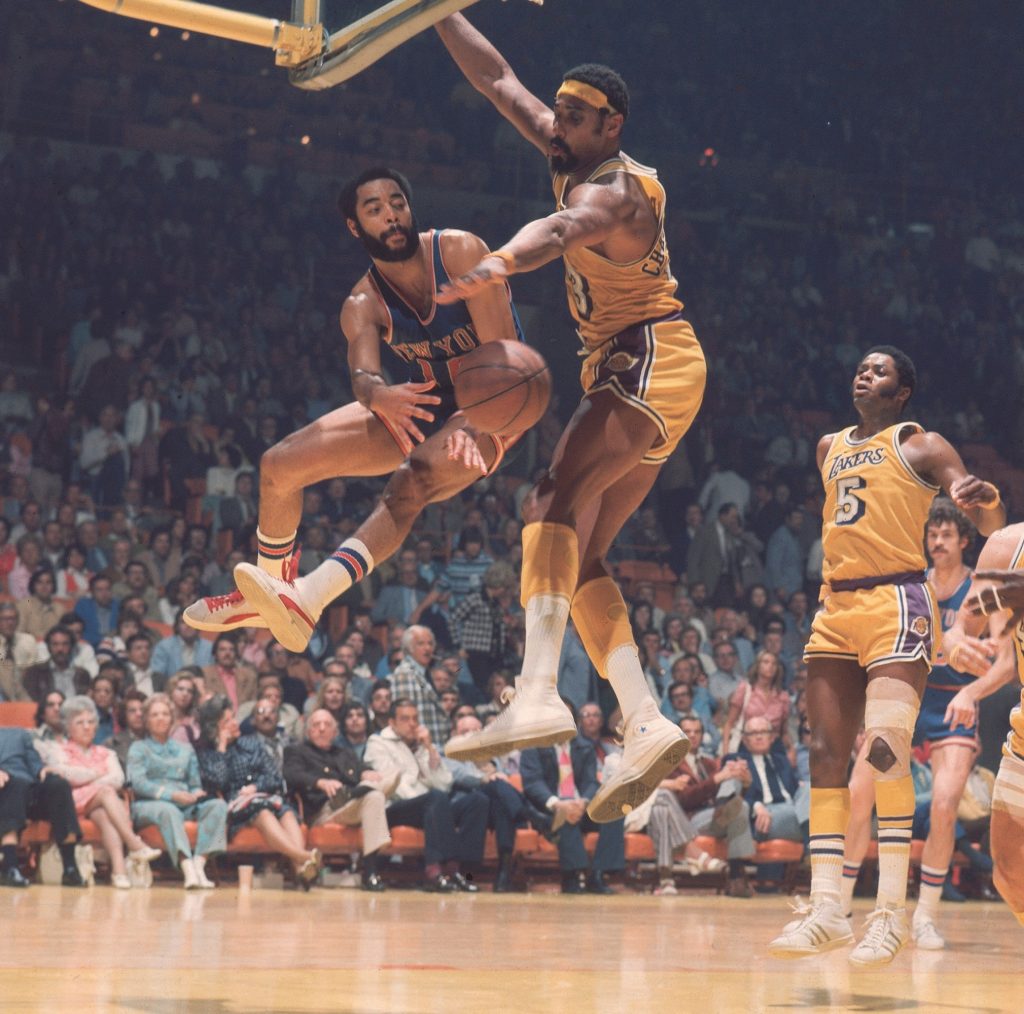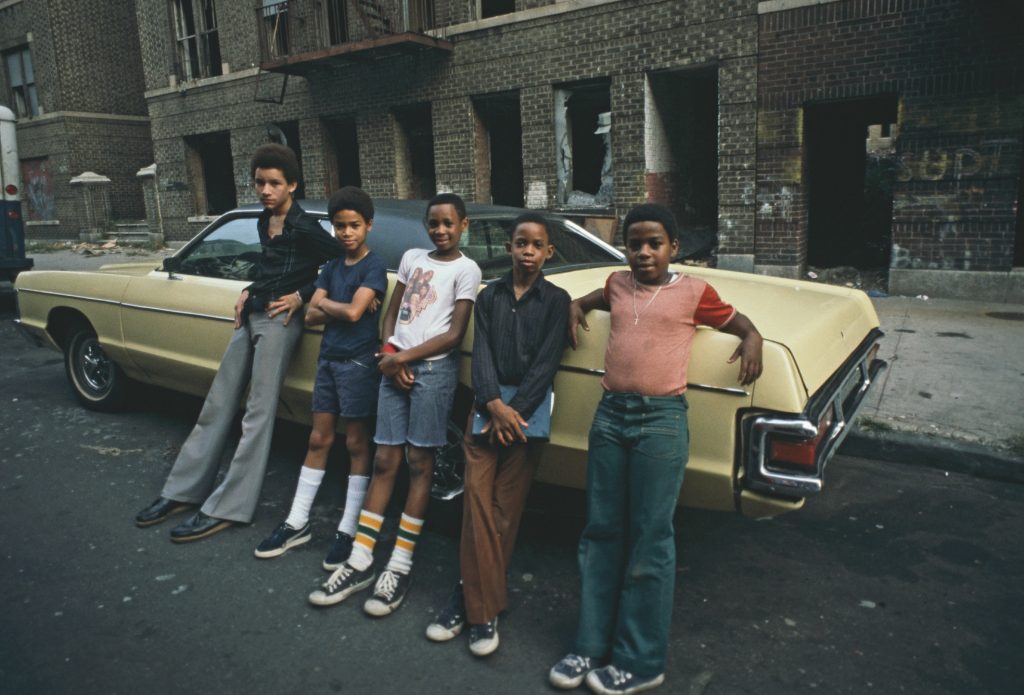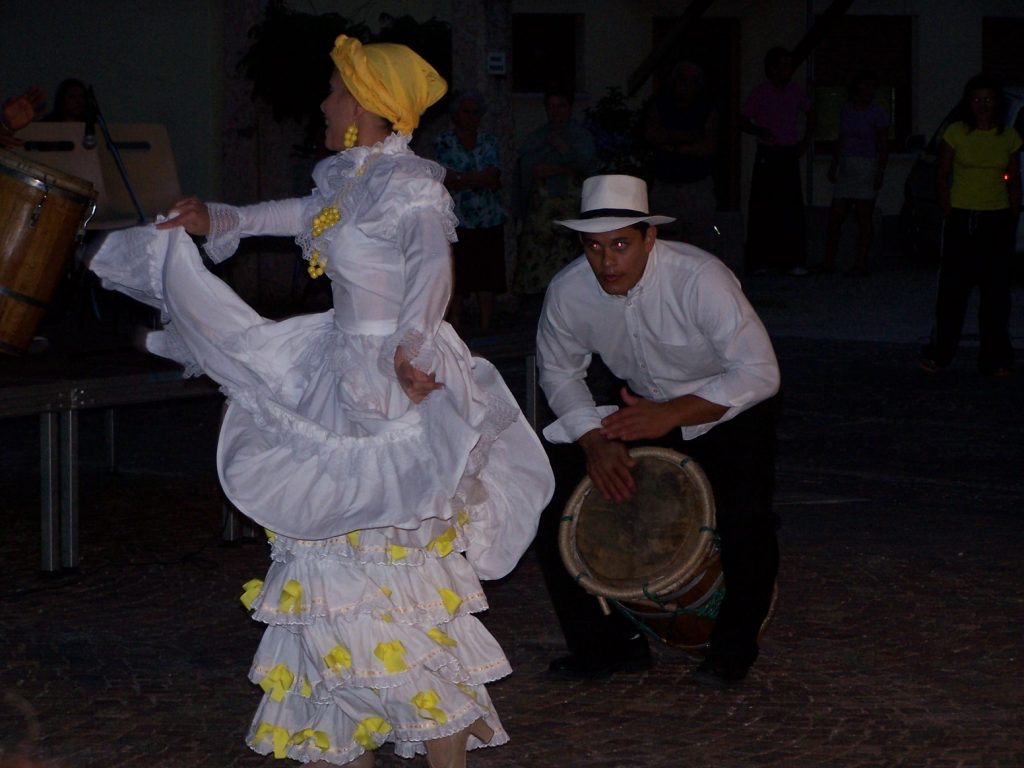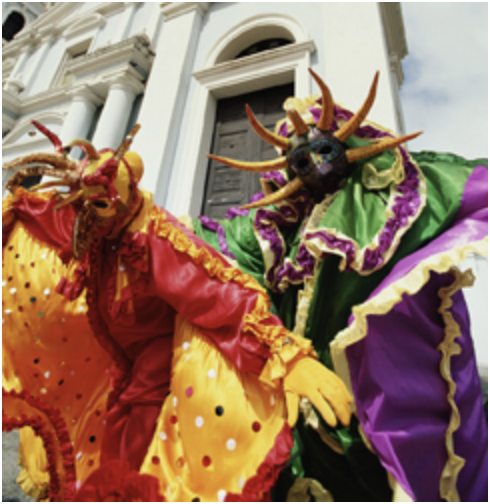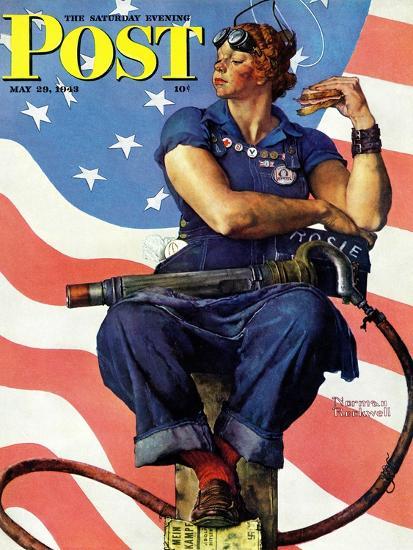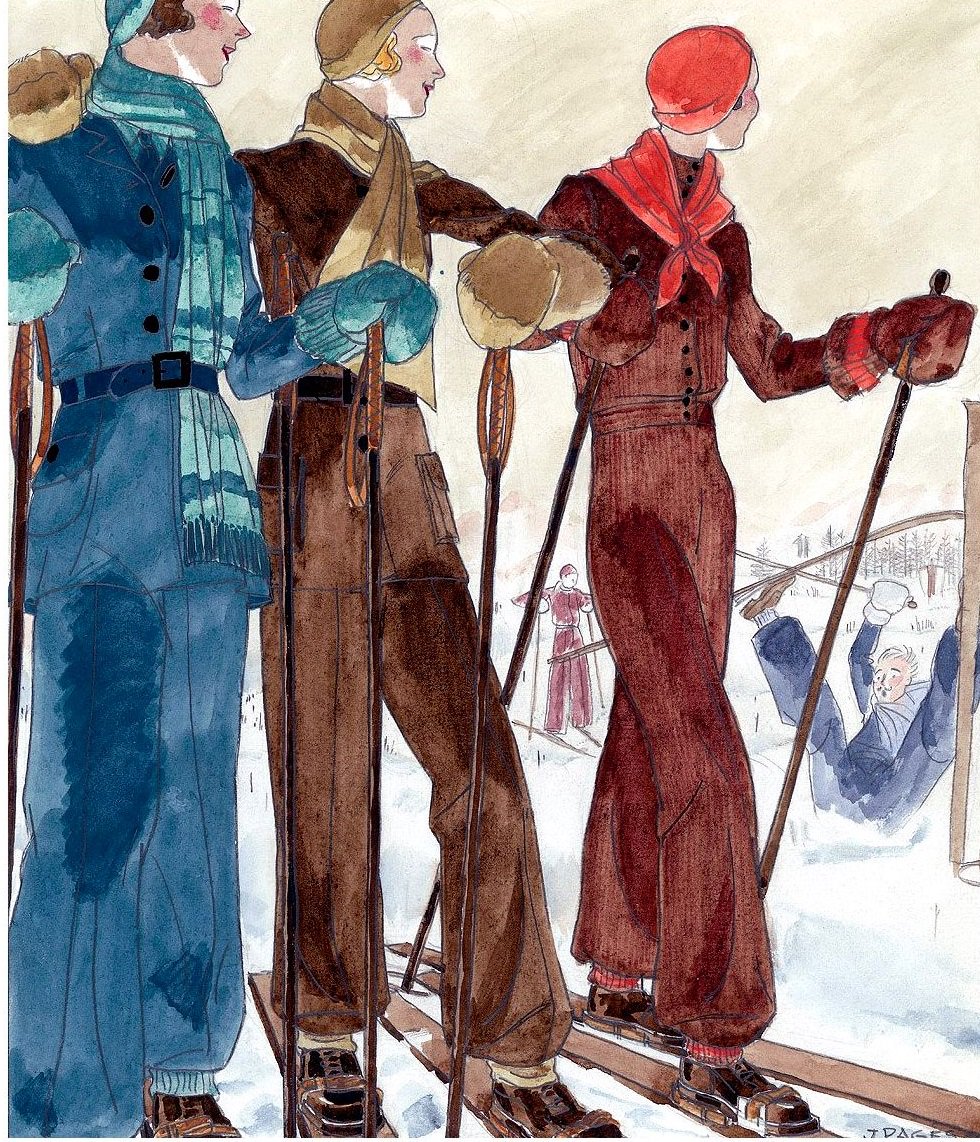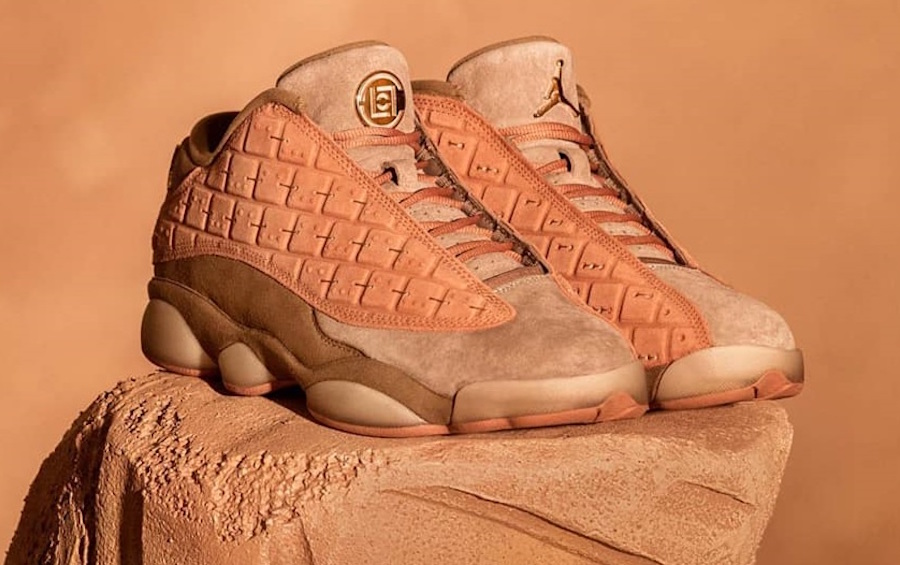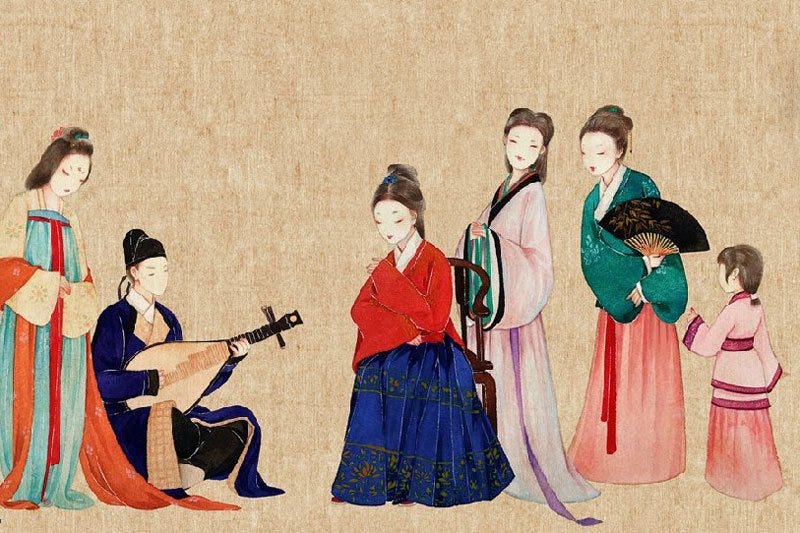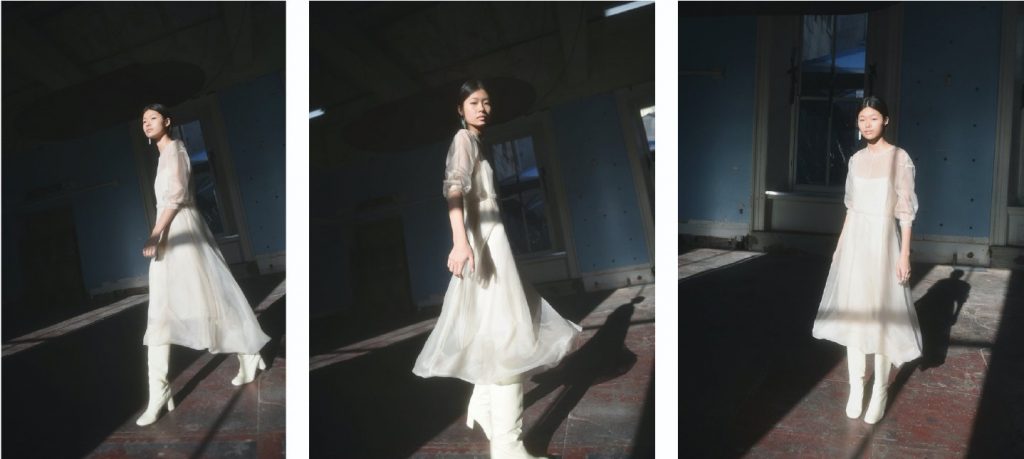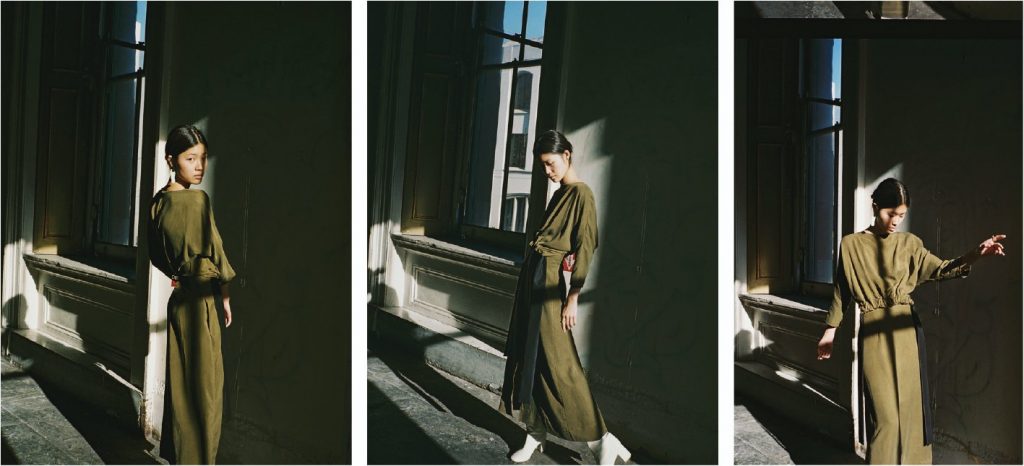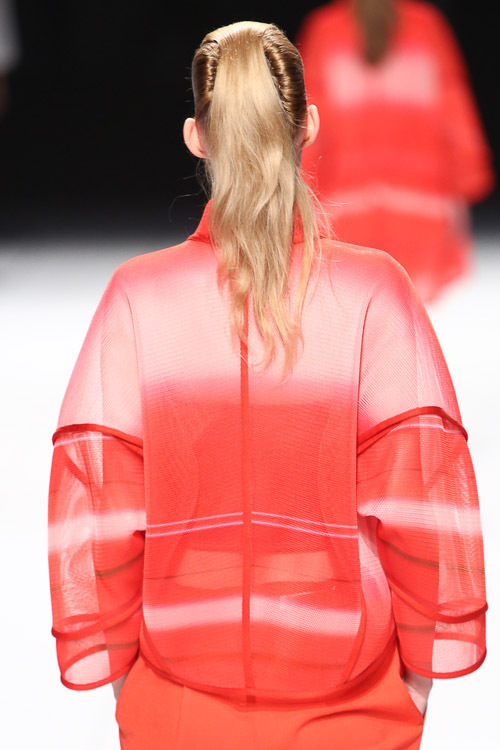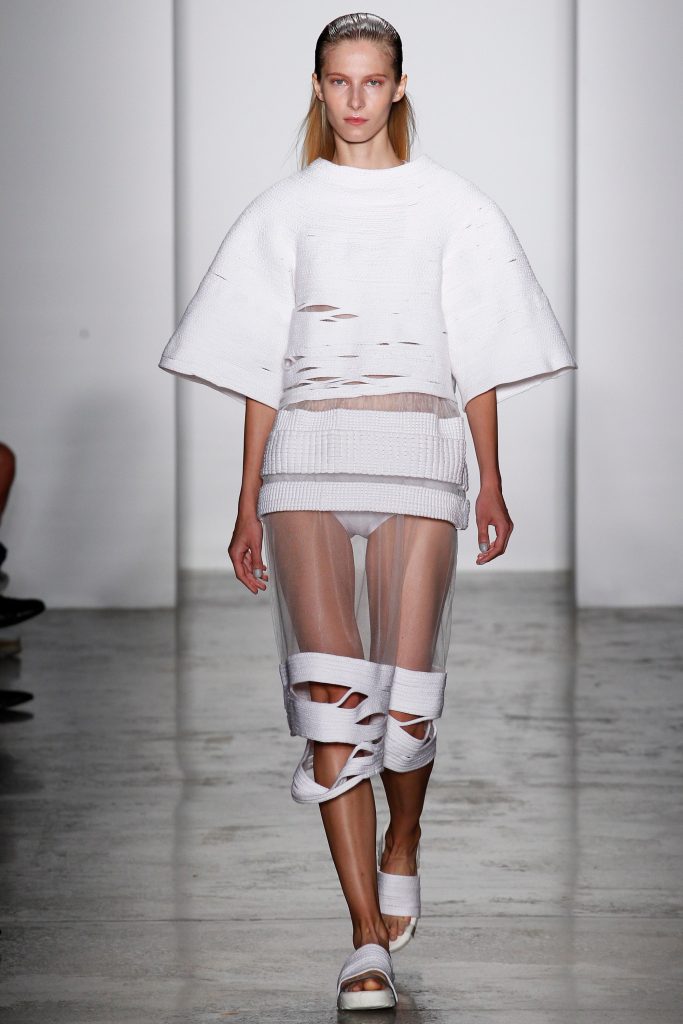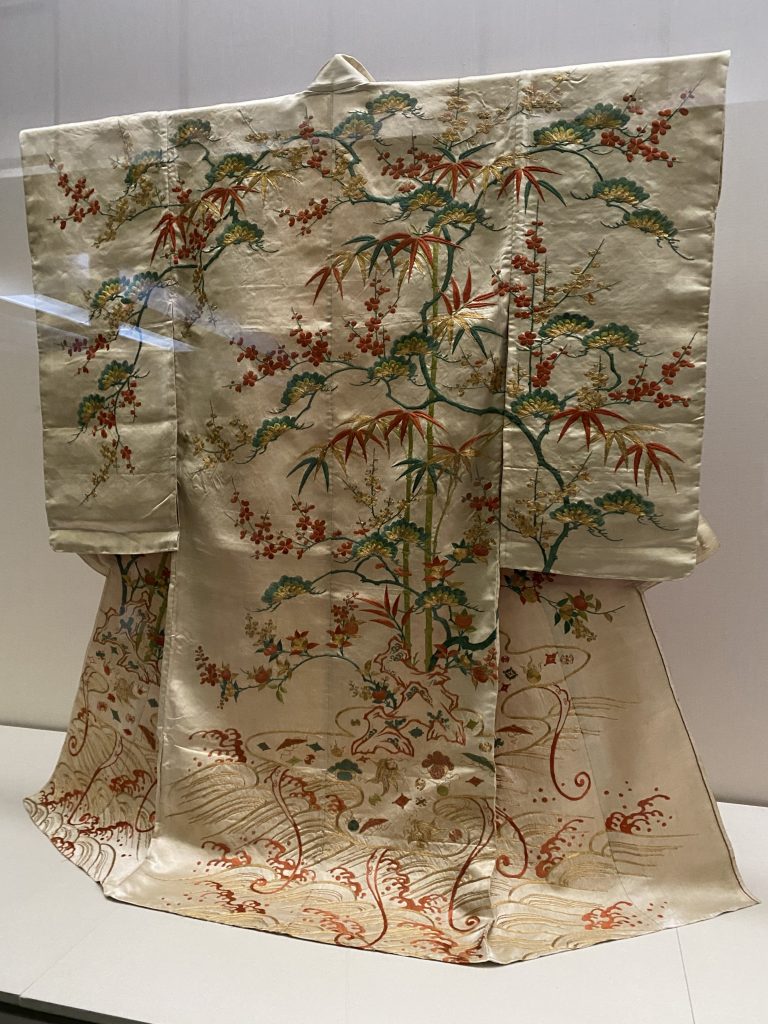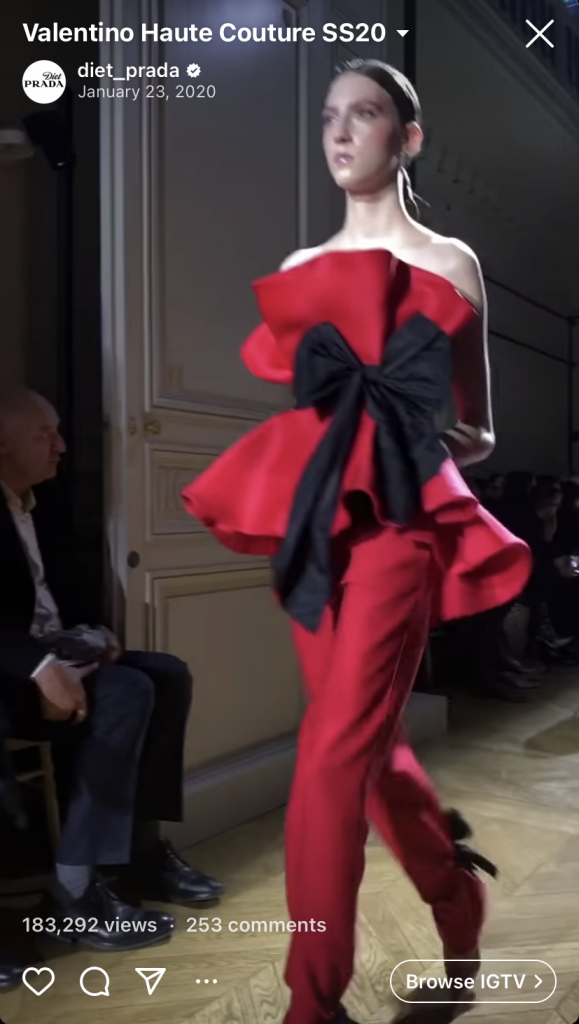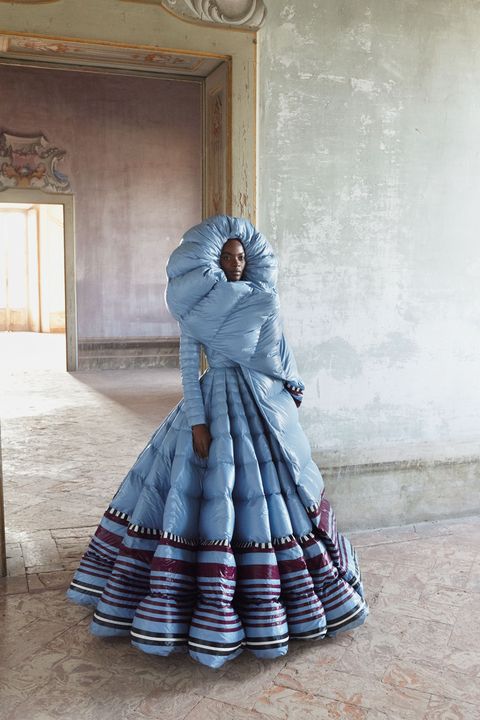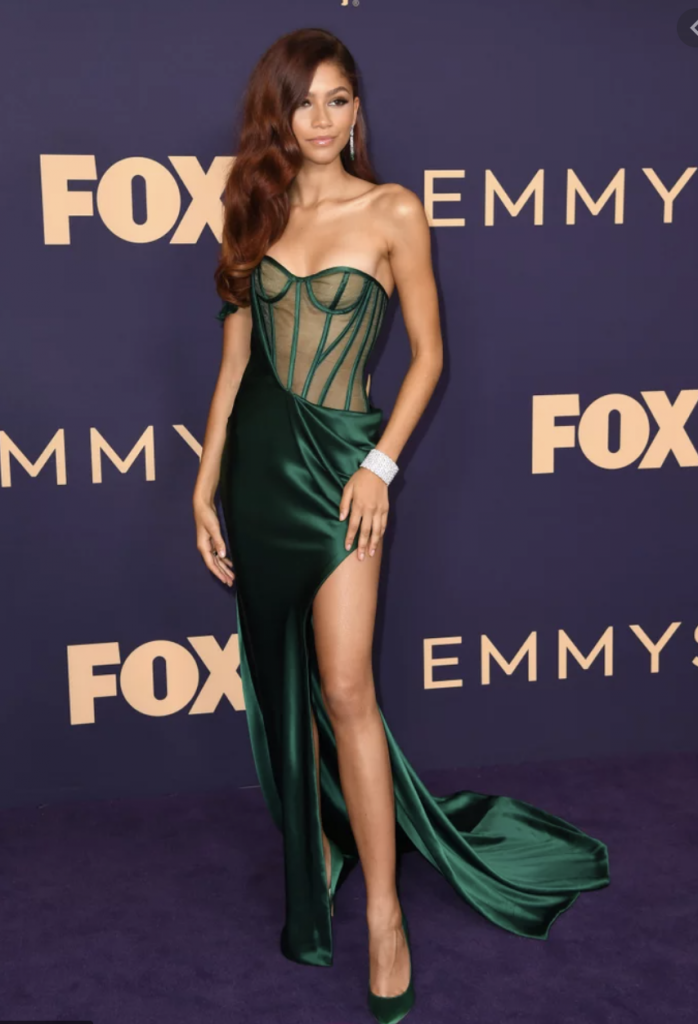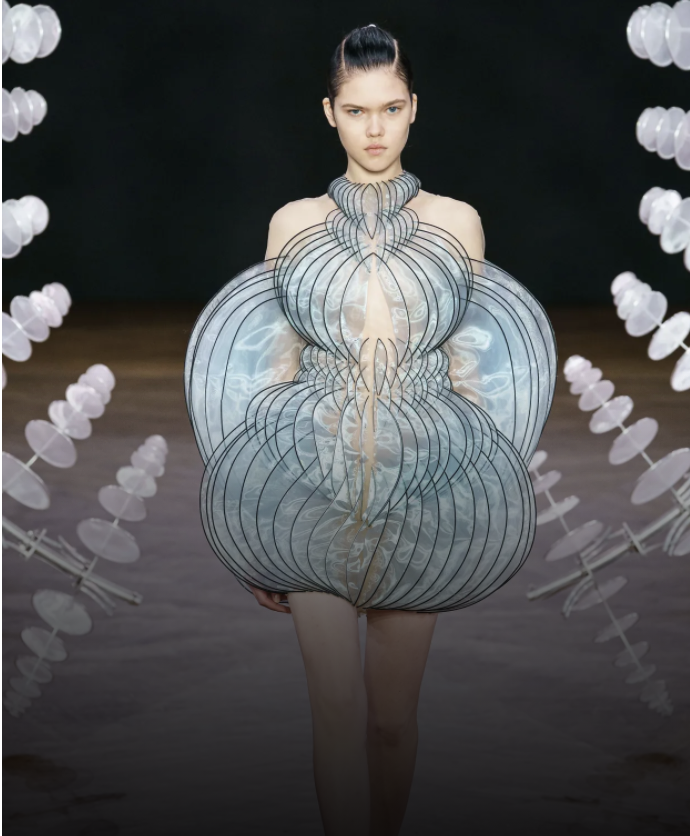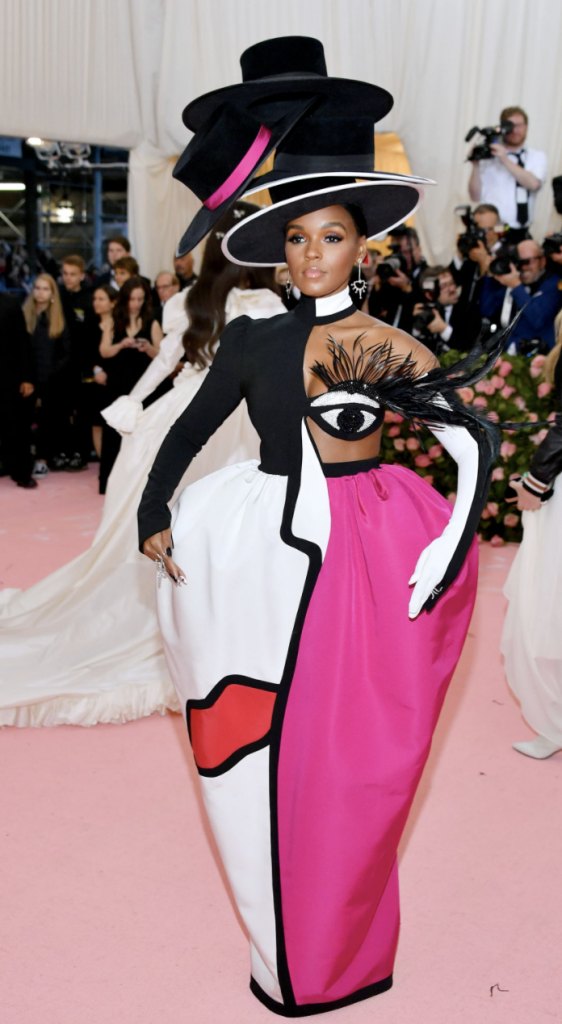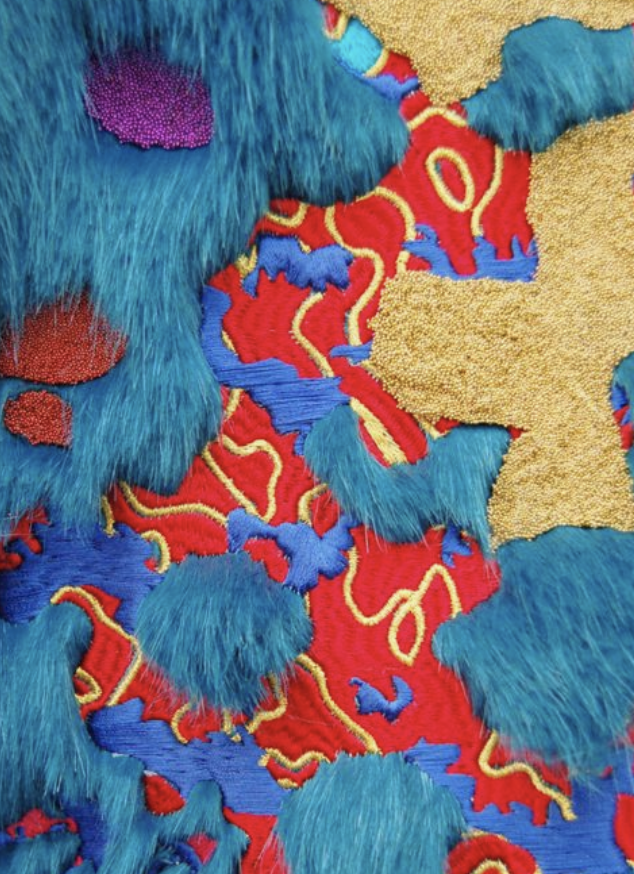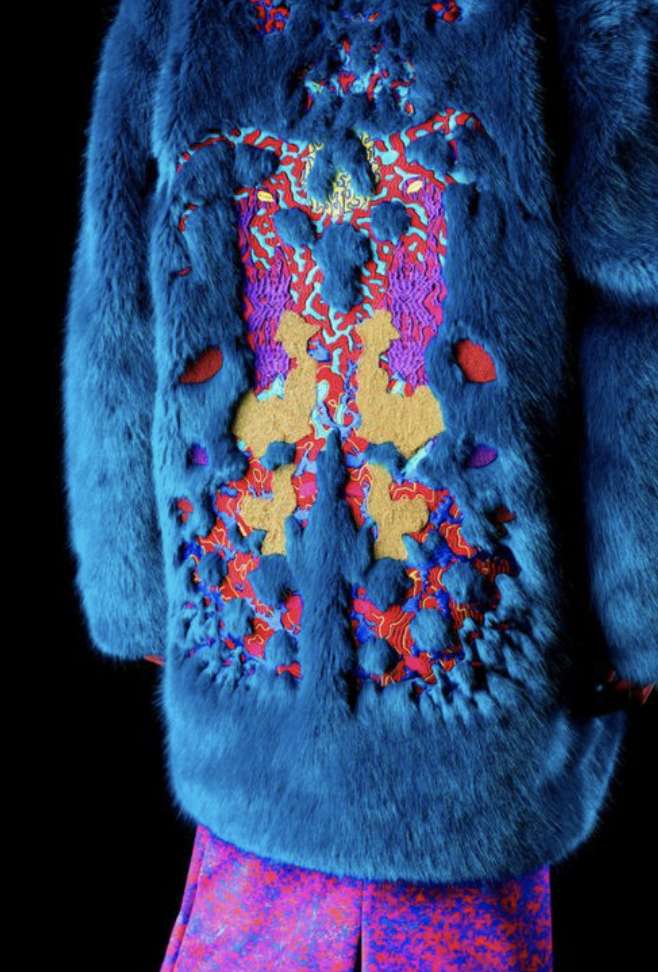Franky Moore
Adam Geczy and Vicki Karaminas wrote the book “Queer style,” and I chose the “Kiss of the Whip” chapter because of it’s striking title and implications in the queer fashion scene. First, Geczy and Karaminas define the terms essential to their discussion: Bondage, Discipline, and Sadomasochism, and the context for these terms and queer culture within the dominant society. They then argue that queer culture co-opted aspects of the BDSM community to subvert traditional expectations around sex in order to emphasize queer culture’s differences from heteronormative society through interesting visual cues. Straight people can practice BDSM as well, but there is significant overlap between BDSM and the queer community through subverting expectations and re-enacting authority in cloth and accessory. The latter is as diverse as the human imagination, and is openly seen at Pride parades and in everyday street fashion as a calling card for queerness. This is see in the public display of leather harnesses, collars, latex and rubber wear, leashes, and chains, all of which highlight elements of control and emphasize the wearer’s difference from heteronormative society’s sexuality. The uniforms used in BDSM deconstruct power and authority through purposeful transgression of social norms; the authors devote a significant amount of time discussing fascism in relation to Gestapo uniform features, such as “padded shoulders” and “taut angularity” being incorporated into scenarios of consensual cruelty, and work-wear of the 1980s. Overall, BDSM is a part of queer fashion, and certainly not the be-all-end-all of queer fashion. It offers a way for queer people to scream their identities and strike down the power they must contend with in everyday life.
I started to skim this article and found myself engrossed in a similar way to looking at roadkill from the side of the road: it’s impossible to look away. I agree with the article’s primary assessment of BDSM and the queer scene: go to a gay bar or pride parade and you’ll see a variety of leather and latex from performers and viewers alike. The minutiae of this overlap is explicitly detailed, and I found the historical context for BDSM and the cultural history around queer people well-put. The deep dive into fascism and its need for control reflected and subverted in BDSM was fascinating, and profoundly unsettling. I would love to read an entire article on suiting and its fascist undertones, which was briefly mentioned in power-dressing, because of the prevalence of suiting in corporate America and cult around formal menswear. I think it’s important, too, to see how BDSM has been used as a rhetorical device for fascism to be explicitly criticized. I also found the connection between machines and leather with queer motorcycle riders interesting, as it started to reinforce masculine identity and quickly spun out of control to reinforce themes of power, control, and a character/design the wearer wished to obtain. I wish the authors used more accessible language, because it made some of their arguments harder to understand. I also wish they had not strived for shock in some portions of the chapter; this manifested in having a paragraph of carefully constructed nuance dashed away for a pithy one-liner.
I would highly recommend reading this article if you want to get a deep dive on leather and the queer fashion scene, or want to look more into the history of fascist clothing and its shadow in alternative cultures.
“Kiss of the Whip: Bondage, Discipline and Sadomasochism, or BDSM Style” https://www-bloomsburyfashioncentral-com.cmu.idm.oclc.org/products/berg-fashion-library/book/queer-style/kiss-of-the-whip-bondage-discipline-and-sadomasochism-or-bdsm-style
